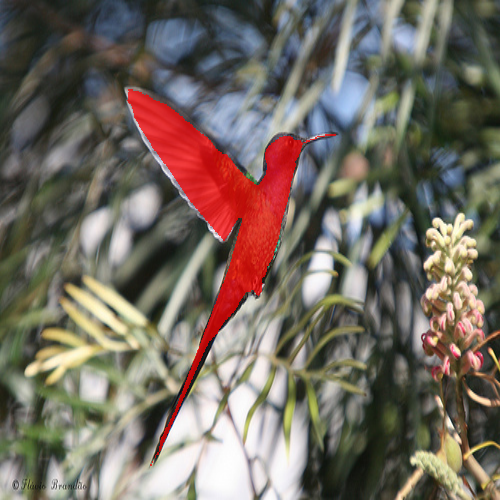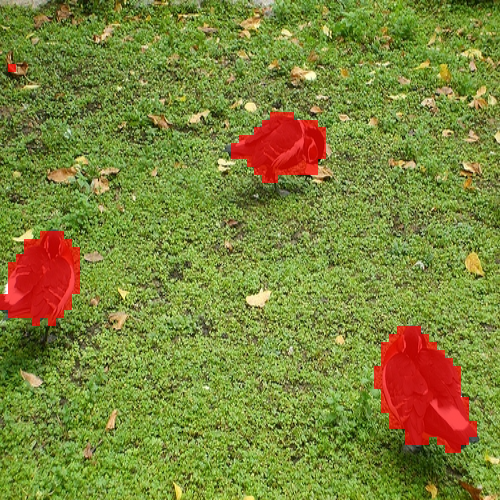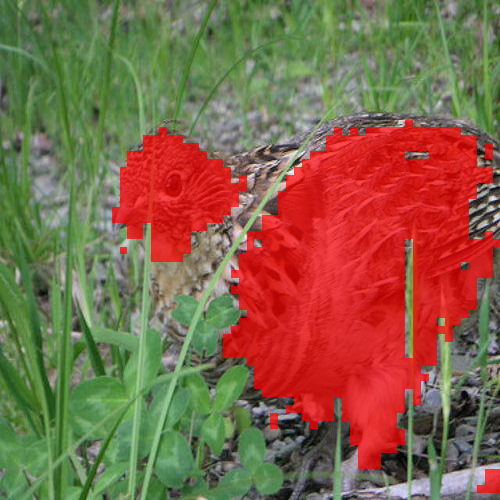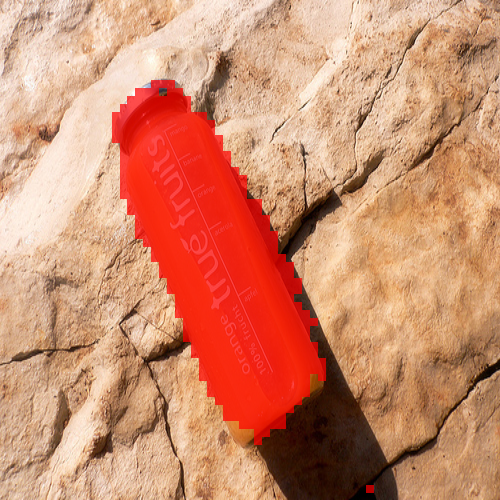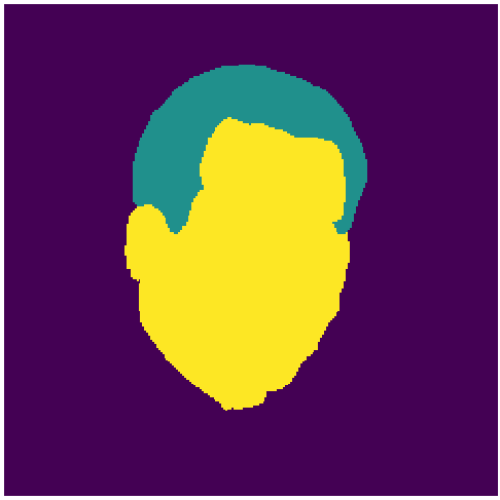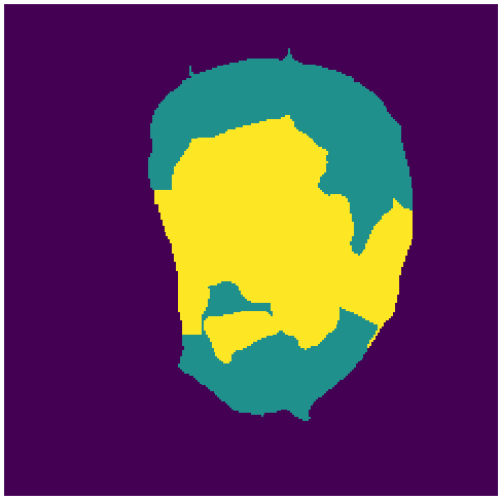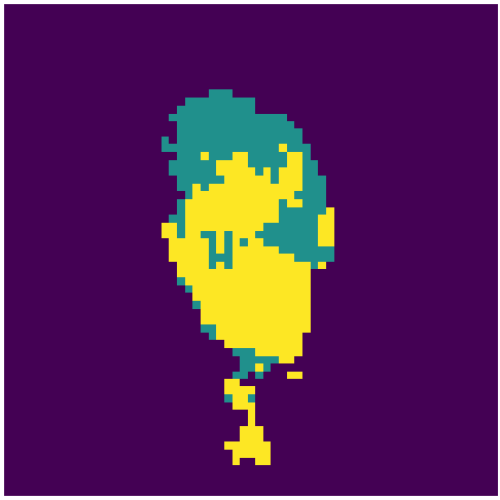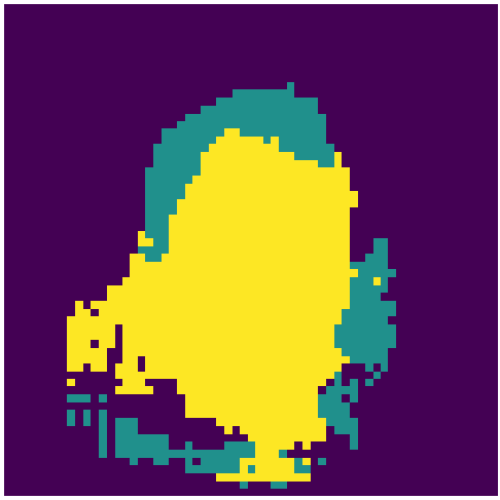Adaptive Masked Proxies for Few Shot Segmentation
Implementation used in our paper:
- Adaptive Masked Proxies for Few Shot Segmentation
Accepted in Learning from Limited Labelled Data Workshop in Conjunction with ICLR'19.
Description
Deep learning has thrived by training on large-scale datasets. However, for continual learning in applications such as robotics, it is critical to incrementally update its model in a sample efficient manner. We propose a novel method that constructs the new class weights from few labelled samples in the support set without back-propagation, relying on our adaptive masked proxies approach. It utilizes multi-resolution average pooling on the output embeddings masked with the label to act as a positive proxy for the new class, while fusing it with the previously learned class signatures. Our proposed method is evaluated on PASCAL-5i dataset and outperforms the state of the art in the 5-shot semantic segmentation. Unlike previous methods, our proposed approach does not require a second branch to estimate parameters or prototypes, which enables it to be used with 2-stream motion and appearance based segmentation networks. The proposed adaptive proxies allow the method to be used with a continuous data stream. Our online adaptation scheme is evaluated on the DAVIS and FBMS video object segmentation benchmark. We further propose a novel setup for evaluating continual learning of object segmentation which we name incremental PASCAL (iPASCAL) where our method has shown to outperform the baseline method.
Qualitative Evaluation on PASCAL-5i
1-way 1-shot segmentation
Qualitative Evaluation on LfW
2-way 1-shot segmentation
Environment setup
Current Code is tested on torch 0.4.0 and torchvision 0.2.0.
virtualenv --system-site-packages -p python3 ./venv
source venv/bin/activate
pip install -r requirements.txt
Pre-Trained Weights
Download trained weights here
Python Notebook Demo
To use with google Colab upload notebook with the following url Demo
Train on Large Scale Data
python train.py --config configs/fcn8s_pascal.yaml
Test few shot setting
python fewshot_imprinted.py --binary BINARY_FLAG --config configs/fcn8s_pascal_imprinted.yml --model_path MODEL_PATH --out_dir OUT_DIR
- MODEL_PATH: path for model trained on same fold testing upon.
- OUT_DIR: output directory to save visualization if needed. (optional)
- BINARY_FLAG: 0: evaluates on 17 classes (15 classes previously trained+Bg+New class), 1: evaluate binary with OSLSM method, 2: evaluates binary using coFCN method.
Configuration
- arch: dilated_fcn8s | fcn8s | reduced_fcn8s
- lower_dim: True (uses 256 nchannels in last layer) | False (uses 4096)
- weighted_mask: True (uses weighted avg pooling based on distance transform)| False (uses mased avg pooling)
- use_norm: True (normalize embeddings during inference)| False
- use_norm_weights: True (normalize extracted embeddings) | False
- use_scale: False: True (Learn scalar hyperaparameter) | False
- dataset: pascal5i (few shot OSLSM setting)| pascal
- fold: 0 | 1 | 2 | 3
- k_shot: 1 | 5
Visualize predictions and support set
python vis_preds.py VIS_FOLDER
Guide to Reproducing Experiments in the paper
Check Experiments.md
Related Repos:
References
Please cite our paper if you find it useful in your research
@article{DBLP:journals/corr/abs-1902-11123,
author = {Mennatullah Siam and
Boris N. Oreshkin},
title = {Adaptive Masked Weight Imprinting for Few-Shot Segmentation},
journal = {CoRR},
volume = {abs/1902.11123},
year = {2019},
url = {http://arxiv.org/abs/1902.11123},
archivePrefix = {arXiv},
eprint = {1902.11123},
timestamp = {Tue, 21 May 2019 18:03:37 +0200},
biburl = {https://dblp.org/rec/bib/journals/corr/abs-1902-11123},
bibsource = {dblp computer science bibliography, https://dblp.org}
}

